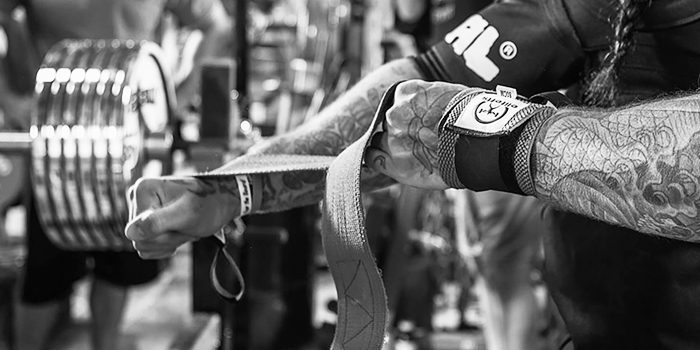
Without a doubt, Louie Simmons has been one of the most iconic (and at times controversial) figures in the strength world over the last 20 years. Louie’s gym (Westside Barbell) has become what many people identify as the conjugate system. Westside may be synonymous with max effort, dynamic effort, repetition effort and a whole host of other special methods, but is that what really makes up the conjugate system of training? Should the conjugate system and the conjugate method be used interchangeably? Are the Westside conjugate system and the Russian conjugate system comparable? If you believe that the conjugate system was meant to revolve around accommodating resistance (bands/chains) and a weekly microcycle of max effort, dynamic effort and the occasional repetition effort methods, this is something you need to read.
The Birth of the Russian Conjugate System
The original conjugate system [referred to then as the coupled sequence system (CSS)] was originally developed under the Dynamo umbrella of the Soviet Union in the late 60s/early 70s. From a macro view, the CSS is a systematic development tool used to organize multi-year training. At the time for the Soviet Union, that meant entering youth athletes into schools of physical preparation with the objective of identifying and developing those athletes who had potential through their careers to compete at national and international levels. By taking a multi-year approach to training, these schools were able to thoroughly develop a general foundation of trainability [i.e. general physical preparation (*spoiler alert* they didn’t sprint with a Prowler until they puked to do this)] and prime the adaptive response for future specific physical preparation (SPP) and intensive unidirectional loads.
For youth athletes, the physical preparation schools served as a long-term development tool that highly discouraged early specialization of any one sporting activity. The primary goal of the early preparatory period of an athlete's career was to progressively develop motor skills and movement dynamics while sequentially developing adaptive levels for later phases. Even though the overarching system used for athletes was the conjugate system (think long-term building block development), the actual training programs of youth and lesser qualified athletes through the initial years of training would lend itself to a concurrent (e.g. multiple qualities developed at once) structure.
For qualified athletes (intermediate through advanced) who have successfully fulfilled the requirements of the early preparatory periods, a shift from concurrent training to phases of greater specificity and unidirectional loading (one or two specific qualities) was made. During this period, skills gained from previous preparatory phases weren't actively developed but rather maintained with maintenance levels of loading. Instead of attempting to improve the many non-specific abilities gained during the early stages of training, athletes now sought highly specific training organized to maximize competition performance and career potential. Remember, all of this is taking place over the course of many years. Depending on the qualification of the intermediate to advanced athlete, he or she would spend the majority of the training at either end of the specificity continuum. In either instance, all athletes, regardless of qualification, spent time at both ends of the continuum. The only major difference was that those of lesser qualification were allocated more time for developmental exercises while those of higher qualification spent the majority of their time training highly specific exercises.
The “System” Versus the “Method”
Without thought, the conjugate system and the conjugate method are terms used almost always interchangeably to describe training variables. This is probably not the biggest issue in everyday talk, but for the purposes of this article (and more technical writings in strength and performance), it will be important for us to define the terms, as they don't always refer to a uniform tool. A system is an organizational tool used in the application of training means and methods (applicable in the short and the long term). A training means is the motor ability or quality. A method is the non-motor quality training stimulus. In layman terms, a system is the overarching organization of training, a means is the specific exercise or modification to an exercise and a method is how the means is applied (i.e. sets/reps, specific training protocols).
We know from above that the intent of the conjugate “system” was to organize an athlete's training at a multi-year level. The means (types of exercises) that were implemented into that system took a sequential building approach at the micro and macro level. In the early stages of training blocks, athletes trained non-specific or developmental lifts that had a low to moderate correlation to the competition lifts (we'll assume that we're talking about lifters here). As the training block advanced and athletes neared competition, only the most specific exercises that had the highest correlation to the competition lift were trained. In each exercise classification (non-specific to highly specific and every subcategory in between), a pool of many different exercises were utilized. This is in essence the original conjugate “method” (remember, a method isn't a system).
The first implementation of the conjugate method was by the Soviet Olympic Weightlifting team in the early 70s. They took 20 to 45 specific physical preparation (SPP) exercises that were organized sequentially to build off one another toward preparation of the competition lift. These specific exercises rotated both at the micro and macro level while the frequency with which each individual exercise appeared during training was based off the coaches' evaluations of the athletes' needs as well as the overarching continuum of specificity that each athlete was placed under.
A Brief View Into the Creation of Westside Conjugate
Jump across 5,194 miles to Culver City, California, where a young Louie Simmons is starting to make a name for himself at the original Westside Barbell Club. It probably isn't as important to dive into great detail what Westside is or isn’t, as that topic has been beaten nearly to death in the past 10 years or so. Instead, we will point out only the finer details of the development of Westside conjugate (WC) system. The creation of WC was by in large developed over the course of 10 years (mid 60s to the late 70s) and comprised nearly completely of trial and error. Many of the great lifters of the early 70s (Pacifico, Annelo, Crawford) have been accredited by Louie as having a major influence on his training philosophy and ultimately the original framework of WC. It wasn’t until the early 80s that Soviet sport science textbooks became available and were utilized to further develop the foundation of WC. Louie has described the scope of WC as a combination of the Bulgarian and the Russian systems of training.
What Is the Difference
Both the Russian conjugate system and the Westside conjugate system rotate means (exercises or variations of) very frequently based off lifter needs' and the continuum of specificity. The Russian conjugate system seems to favor rotation of means based off lifter qualifications whereas the Westside conjugate system appears to rotate means off immediate needs and best odds of immediate progression. The Russian system probably favors long-term development whereas Westside (gym) seems to focus development efforts on already highly qualified athletes (very few complete novice lifters walk through the doors of Westside).
Russian conjugate training is typically organized in larger macro cycles with specific unidirectional loads at the micro and macro level. Westside bases most of the year off of three-week pendulum waves of mixed complex training (though not limited to) where a small unloading phase is introduced at week four. The means used in the Russian conjugate system are without restriction and may be moldable to most sports. The means of the Westside conjugate system are a bit more tailored to specific demographics, namely (equipped) powerlifters. Though Westside may be fitted to specific sport training, traditionally, accommodating resistance (bands/chains) is used very heavily and may not be appropriate for all training modalities. The Russian conjugate system is probably the better option for organizing yearly sport training.
Closing Thoughts
Is the Russian conjugate system superior to the Westside conjugate system? Probably not. It's all about application and context. The Russian conjugate system seems to be more moldable among diverse sport demographics whereas Westside is probably best suited for (geared) powerlifters. Unless you have trained at Westside or at the Soviet sport institutes, you can't have a fully developed understanding or appreciation of the training styles or nuances involved. The main point to drive home is that Westside isn't the conjugate system and the conjugate system isn't Westside. They both share similar methods, but the development and the overarching systems couldn’t be more different. Westside may be an evolution from the original conjugate system, but it has since progressed so much so that it probably isn't appropriate to identify the two systems as one in the same.
References
- Myslinski Tom (2012). The Development of the Russian Sequence System. Accessed at: https://www.elitefts.com/education/training/the-development-of-the-russian-conjugate-sequence-system-needs-banner.
- Simmons Louie (2010) Westside Conjugate System. Accessed at: http://www.westside-barbell.com/articles-by-louie-simmons/articles-published-in-2010/411-westside-conjugate-system.
Brandon Senn has a background in team sport athletics and is a national level powerlifter. In addition to his athletic background, Brandon is the owner of IronOrchestra.com, which serves as the home for his coaching services and an educational resource for athletes interested in various forms of periodization, optimizing nutrition for performance, current strength and conditioning research and long-term athletic development. The foundation of his coaching philosophy is rooted in the systematic individualization and evaluation of research-based training concepts formulated for the specific needs of his clients. Brandon currently works with a variety of individuals ranging from 14 to 60 years old. Among this diverse population, Brandon has worked with internationally ranked powerlifters, multi-sport athletes at the high school and college level and fitness enthusiasts including individuals who have lost over 60 pounds.









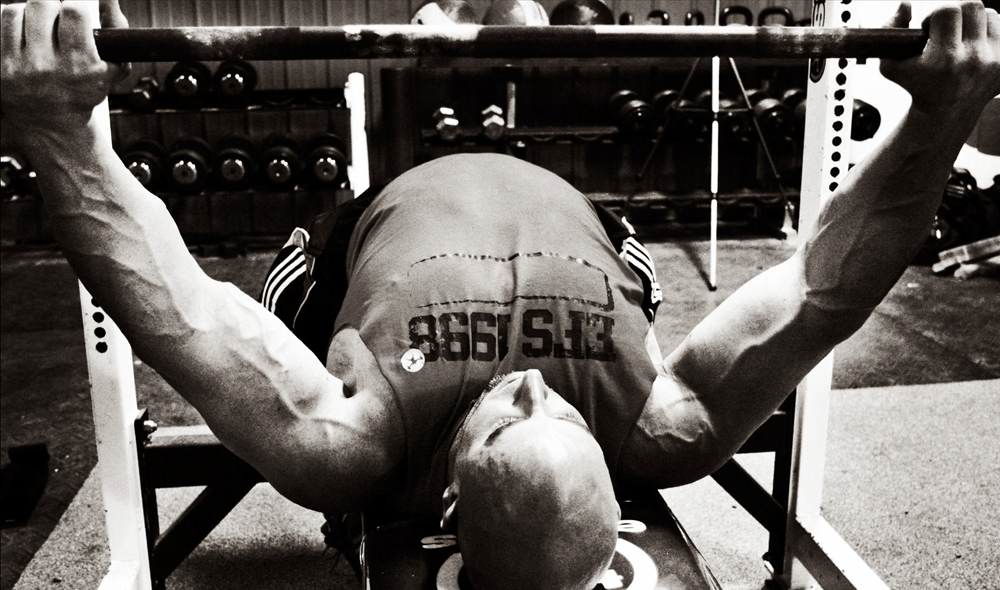
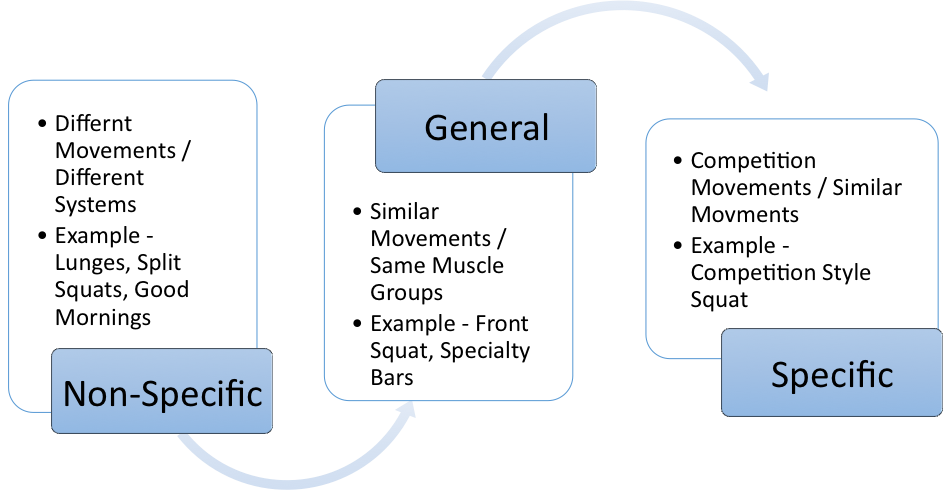
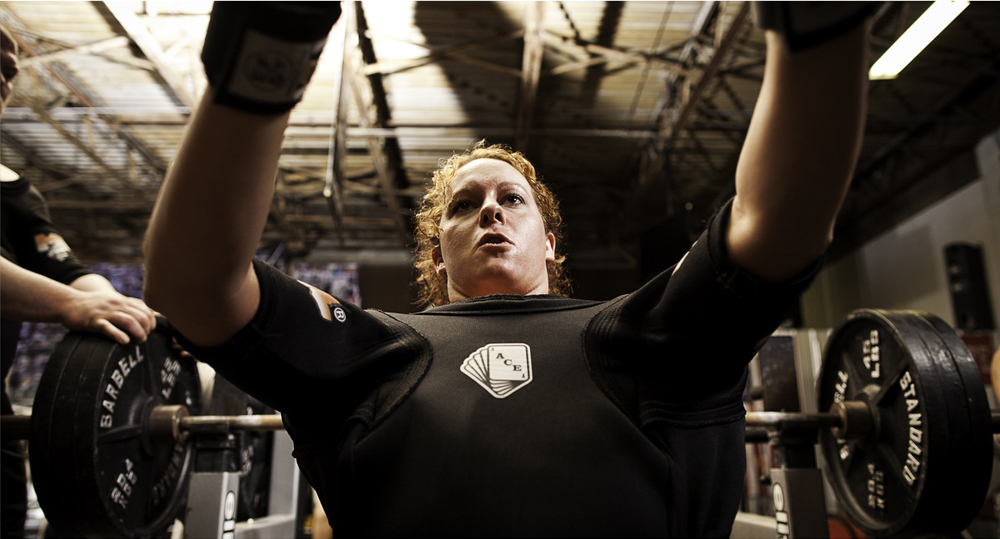
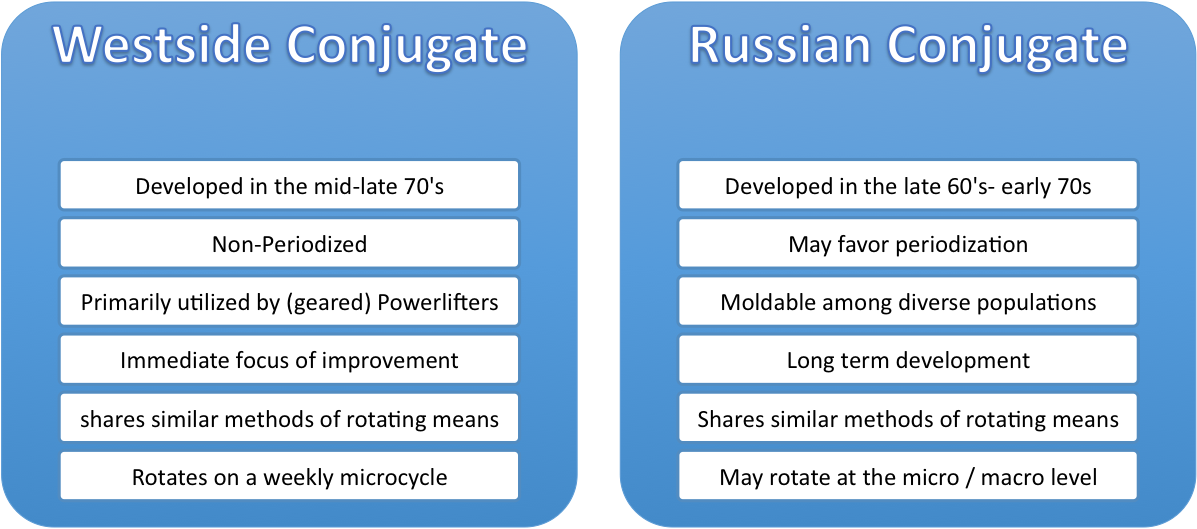

Thanks for reading!